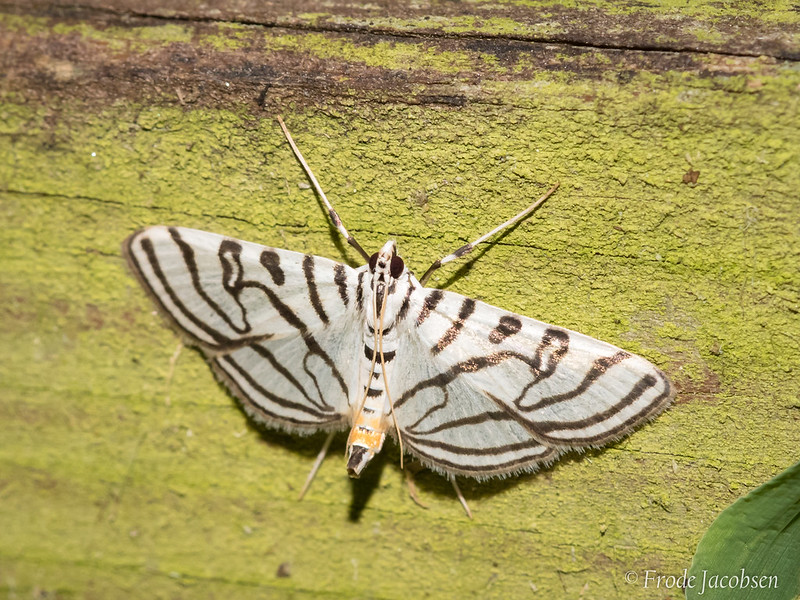
This butterfly can grow to 10.1cm in wing span. There is also a row of orange-red spots on the submarginal line. The hind wing also has three orange-red spots near the base. The forewing has two orange to red colored bars, which are located close to the leading edge. The Red-spotted Admiral (Limenitis arthemis) is blue-green to blue on the upper side of the hind wing. They are commonly seen in fields, yards, wooded swamps, parks, pine barrens, and deciduous woods. They feed on spicebush, prickly ash, tulip tree, and sassafras trees.Īs adults, they feed on jewelweed, milkweed, dogbane, mimosa, sweet pepper bush, and azalea. The caterpillars live in a shelter made of folded over leaves and only come out at night to feed. The female lays a single egg on the underside of the leaves of host plants. Under the hind wing, there are pale green marginal spots. The female has flue scales, while the males have blue-green scales. The hind wing has an orange spot on the costal margin. This butterfly is black with ivory spots, which are located on the marginal edge. The Spicebush Swallowtail (Papilio troilus) is a large butterfly that can grow to 10cm in wing span. Spicebush Swallowtail Spicebush Swallowtail You will find the pearl crescent in open areas, including road edges, fields, pastures, vacant lots, and open pine forests. They are common from April to November.Īs caterpillars, they feed on smooth-leaved true asters, while the adults feed on nectar from a wide variety of flowers, which include asters, winter cress, swamp milkweed, and dogbane. The female lays eggs in small batches under the leaves of host plants. The male will spend the day searching for a female in open areas.
BAMONA ZEBRA SWALLOWTAIL PATCH
Under the hind wing, there is a dark patch with a light crescent. Their wings are orange with a black border and fine black marks at the sub-margin and post-median areas. They are variable in color with the male having black antennae knobs. The Pearl Crescent (Phyciodes tharos) is a small butterfly that grows to 4.5cm in wing span. This butterfly prefers open and sunny areas with bare ground or low vegetation.

Caterpillars feed on plants from the snapdragon family, which include toadflax and snapdragon.Īdults feed on the nectar of composites, which include chicory, knapweed, tickseed sunflower, and aster. The caterpillars are solitary and will eat the leaves. The female lays a single egg on the leaf bud of the host plant leaf. This butterfly can grow to 7cm in wing span. The hind wings are tan or brown in winter and turn rose-red during the fall. There are two eye spots on the hind wing, the upper eye spot is larger and has a magenta crescent. There is a white band at the lower eye spot. The Common Buckeye (Junonia coenia) is brown with two orange bars and two eye spots. They are common in forest edges, parks, suburbs, parks, and deciduous woods. The adults feed on flower nectar from a wide variety of plants, which include milkweed, lilac, and wild cherry. Caterpillars feed on various plants, which include tulip trees, ash, birch, wild cherry, and willow. The female will lay a single egg on the leaf of a host plant, which the caterpillar then uses for food. The females all have a row of blue chevrons and iridescent blue wash over the interior of their hind wings. The female can be yellow or black with dark stripes. The male is yellow with tiger stripes, while the female has two different forms. This beautiful butterfly (Papilio glaucus) can grow to 11.4cm in wing span. Eastern Tiger Swallowtail Eastern Tiger Swallowtail This butterfly prefers open habitats, you are likely to see them on roadsides, fields, weedy areas, and meadows. The caterpillars feed on nectar from milkweeds, while adults visit a wide range of flowers, which include lilacs, red clovers, thistles, and dogbane. You are likely to see this butterfly during spring and summer. The adults make migrations from August to October and fly south, hibernating along the California coast. You will often see the butterfly basking in the sun with its wings open and facing the sun. This is a large butterfly that can grow to 12.4cm in wing span. The female is orange to brown with black borders. The hind wing of the male also has a patch of scent scales. The male is bright orange with black veins and borders.

The Monarch butterfly (Danaus plexippus) is very common.


 0 kommentar(er)
0 kommentar(er)
